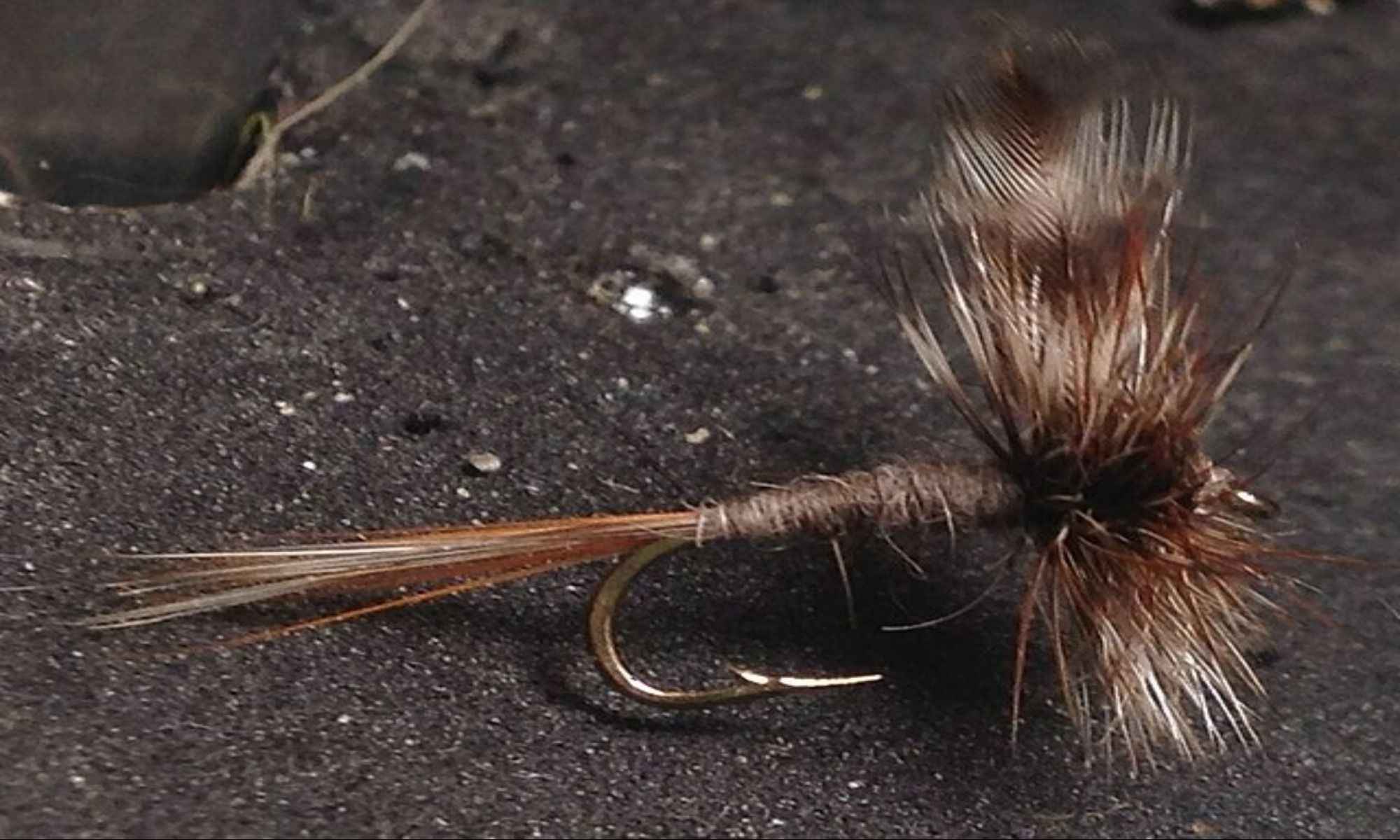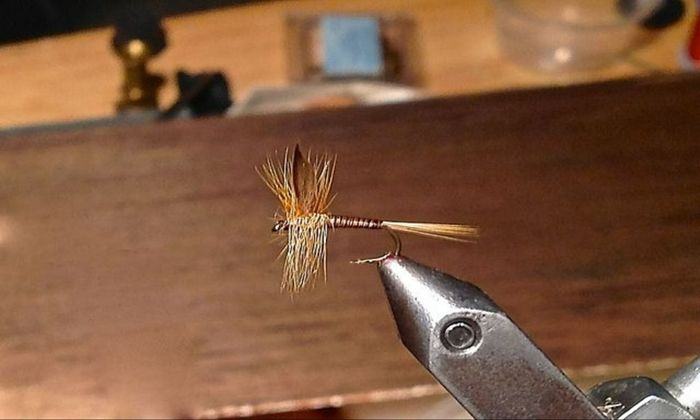Tips on Dry Fly Fishing on Lakes
Check out our tips on how to improve your dry fly fishing skills!

Dry fly fishing is the practice of showing a floating fly to the fish in such a way that it appears to be a natural free-floating bait. It involves presenting a fly on the water's surface that resembles a bug at a particular stage of its life. This distinguishes it from a wet fly.

Dry fly anglers believe that it is the most visual fly fishing style. This is because with this technique, finding a fish involves watching it rise, presenting the fly in the same spot, and hoping the fish mistakes it for another free meal drifting by.
It takes practice to develop the skills necessary to become an excellent angler. No worries, though, because we got you. Below are some tips to improve dry fly fishing on lakes so you can use this technique on your next fishing trip.

Choose Your Dry Flies Carefully and Present Them Well
When fishing with dry flies, presentation and finesse are quite important. Splashy casts should be avoided because still-water fish, such as trout, are typically quickly startled and even more so when they are deep in the water. The finest results need delicate, cautious casting, longer leaders, lighter line weights, and gradual tapers.
Present your fly farther ahead of where the fish are rising to avoid having your fly line land on top of the fish if you are not that confident with casting and cannot avoid a forceful impact when your line misses and strikes the water. It is much better to stand or cast so that the fish sees your fly immediately. To do this, aim toward the trees to create a delicate and gentle presentation. Let it level out above the water before letting it slowly float down. Your fly loses all that energy and stalls rather than transferring that momentum into the water.
Use a Light Rod with a Matching Fly Line
On quiet waters, a lighter setup, such as a 6wt or smaller, is preferred, while a 5wt or 4wt is equally acceptable and frequently preferred, especially when distance is not a concern. Using a 9–10 foot rod with a middle–tip action is good. It must have the backbone to cast a long leader and handle a larger fish while still being soft enough to absorb any takes from larger fish on a light tippet.
As for fly lines, any floating lines will do as long as they float high above the water and have a slick coating that allows you to lift off rapidly and throw toward the rising fish. These feature a softer taper and enable quick and delicate presentation without the possibility of spooking fish that you may experience with a potentially splashier weight forward line if you are not confident with your casting skills.
Consider Using Fluorocarbon When Fishing For Dry Flies
Switching to fluorocarbon could enhance the amount of your catch if the fish are very wary or if you are having a difficult time. However, some anglers are not fans of fluorocarbon because they feel that it cuts into the water too much when cast and can occasionally be too heavy for the flies.
Experiment with Various Floatants When Your Dry Flies Keep on Sinking
The material that your dry fly is made of will play an important role in how you prevent it from sinking in stillwater. Many different floatants are available for fly anglers, but some perform better with particular materials than others.

A silicone gel will work for most dry flies. Squeeze out a tiny bit and rub it over your dry fly. It should stay afloat for several casts, but it will need replenishing from time to time. If you catch a fish, the fly might need to be changed to a dry one. You will probably discover that a powdered floatant is preferable for CDC dry flies.
You might want to purchase an amadou pad as well. A natural fungus called amadou has a supple, sponge-like texture. You may extract most of the moisture from a CDC fly and help it float again by pushing it between the two sides of amadou.
Study Your Fishing Spot and Target
Wait, observe, and plan. This is an important skill any angler needs to develop for those who are into dry fly fishing. For example, a trout will frequently adhere to a feeding line if you carefully watch it. You can determine where to place the fly to the fish by keeping an eye on this.
When you are prepared to cast, remember that the fewer incorrect casts you make, the less likely you will scare that fish or any other fish. Second, success equals accuracy. Fish spook if you cast over them. If the distance was too great, you might miss the fly altogether. Last but not least, straighten your line and leader as it unfolds into the water, taking care not to move your fly too much. This will aid in swiftly sinking your tippet.
So, what are you waiting for? Time to plan your next dry fly fishing trip!




